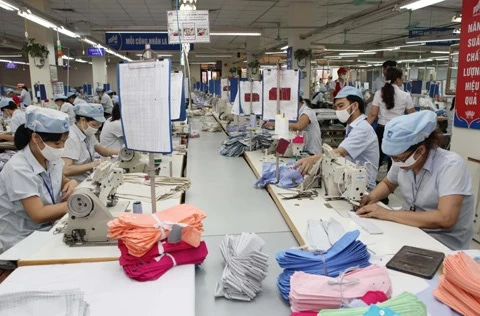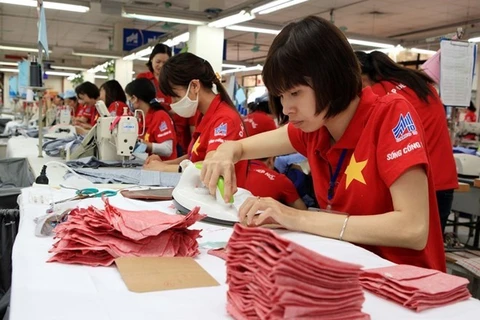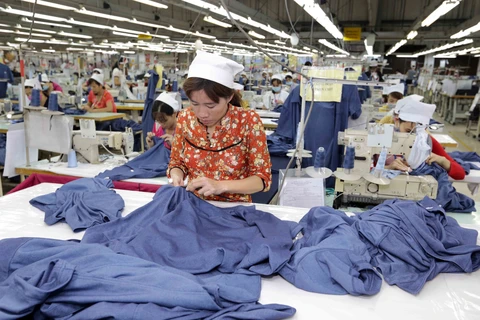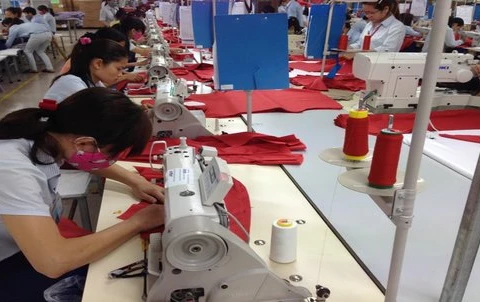Hanoi (VNA) – An official from the Ministry of Industry and Trade of Vietnam has said that Australia is a potential market for Vietnamese textiles with the introduction of CPTPP.
“The market share of Vietnam’s garment in this market is modest but still has room to expand,” according to deputy head of the Asia- Africa Market Department of the Ministry of Industry and Trade Nguyen Phuc Nam.
According to Vice President and General Secretary of the Vietnam Textile and Garment Association Truong Van Cam, the growth rate of Vietnam’s textile and garment exports to Australia was just below 10 percent.
“However with the introduction of CPTPP the growth rate is expected to reach double digits,” he said at the May 9 conference that sought ways to boost exports of Vietnamese apparels to Australia.
As committed in the Comprehensive and Progressive Agreement for Trans-Pacific Partnership (CPTPP) which was officially signed on March 8, 2018 in Chile, Australia will reduce its import tax to five percent in the first year and zero percent in the fourth year from the agreement’s validity date with most of HS 6203 and HS 6204 and HS 6206 (not knitted or crocheted) groups of products. For products under HS 6205 code will enjoy zero tax from the first year of the agreement enactment.
Meanwhile, the basic import tax rate for garment products usually ranges from five to 10 percent.
Import turnover of textile and garment products of Australia grew from three to five percent per year in the last five years, it was heard.
Currently, Australia has shifted to import and outsource in Vietnam due to cheaper labor compared with China, along with preferential tariffs.
However, Vietnam still faces a huge competition from China as the rival’s apparel market share in Australia has risen to 60 percent, and India, which is also actively entering the Australian market.
Tran Van Quyen, a representative of Woolmark (Australia) in Vietnam, noted that the purchasing power of Australians is bigger than that of consumers in the US and Europe.
Retail prices of goods in general and textiles in particular in the Australian market are often very high. Even with high-end products, the retail prices may be as 10 times higher than the price of the products sold in Vietnam.
Quyen pointed out that “orders from Australia are usually small because the form of sales is mainly online business as stores do not want to stock goods.”
Many big Vietnamese enterprises are often not interested in this type of orders, but small firms have showed their interests to it, he said.
In 2017, Australia imported about 9.32 billion USD of textile products from the world and Vietnam only accounted for 173 million USD of it, which was equivalent to 1.9 percent. - VNA
























